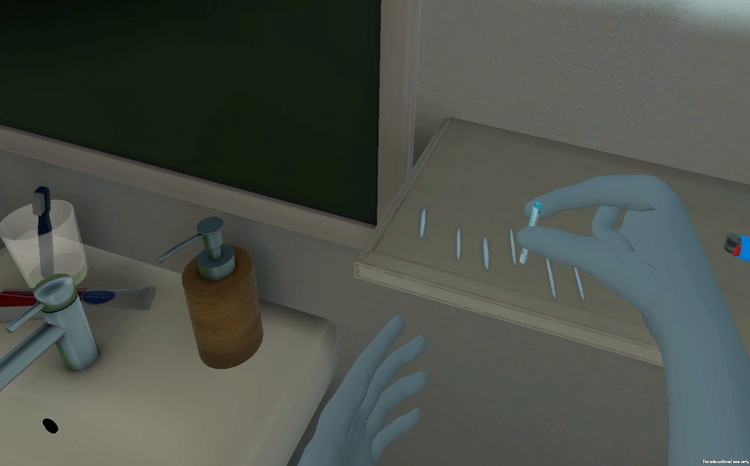Decision support helps cut antibiotic over-use
- 14 November 2005
Clinical decision support can help to reduce the inappropriate prescription of antibiotics in primary care, according to a US study.
Over-prescription of antibiotics – often for viral respiratory tract infections – fosters the spread of resistant organisms such as MRSA.
The researchers, writing in the Journal of the American Medical Association, say they were prompted to do the study by the persistence of prescribing that “significantly exceeds prudent levels”, despite education for both clinicians and patients whose demand for antibiotics – perceived or actual – creates challenges for the health service.
Clinical decision support systems (CDSS) were provided in both PDA and hard copy formats to doctors in six rural communities along with a “community intervention” – an educational campaign consisting of posters and leaflets in surgeries and pharmacies and a mailing to parents of children under six.
The campaign ran in two phases: the first with the key message “do not treat viral infections with antibiotics” and the second giving information on self-management and how to improve communication with the doctor.
CDSS tools were developed to cover a wide variety of respiratory tract infections. Two were made in hard copy format and one was programmed on PDAs. The tools were introduced with educational lectures, small group meetings and one-to-one meetings. Clinicians were asked to use the CDSS algorithms on at least 200 consecutive patients with acute respiratory tract infections.
A control group of six other communities in the same area was given the community intervention only.
Over 13,000 acute respiratory tract infections were abstracted for the study. The CDSS group had a 71% participation rate and its antibiotic prescribing rate decreased from 84.1 to 75.3 per 100 person years. In the group that received the community intervention alone the prescribing rate rose slightly from 84.3 to 85.2 per 100 person years.
In particular, the researchers record that the relative decrease in prescribing for visits in the “antibiotics never indicated” category during the post intervention period was 32% in CDSS communities and only 5% communities that had the intervention alone.




